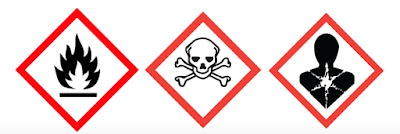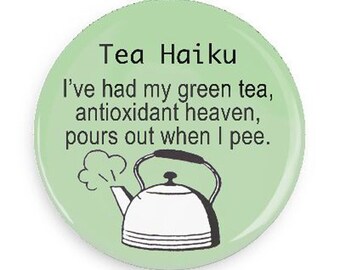Carbon Monoxide
("Carbon monoxide", 2020)
Carbon Monoxide (CO) is a single carbon and oxygen molecule, triple bonded to one another, with a molecular weight of 28.01 g/mol and a boiling and melting point of -191.5 °C and -205 °C respectively; making it a gas at room temperature.
Other names this molecule goes by are:
Carbon Monooxide and Carbonic Oxide
Why is it deemed the Silent Killer?
It is colourless, odourless and tasteless making it very difficult to detect and extremely dangerous to be around.
("7 Changes to Canadian WHMIS Symbols - ACUTE", 2020)
According to the WHMIS Hazard Signs, Carbon Monoxide is flammable, acutely toxic and a health hazard, capable of causing symptoms ranging from dizziness and nausea to loss of consciousness and eventually leading to death.
("Carbon monoxide symptoms", 2020)
How does CO Interact with our Body?
Carbon Monoxide is more attracted to the hemoglobin in our blood than oxygen is, and it will (not only) bind easier, but also hang on for a longer period of time. Eventually, it results in lack of oxygen in the body- your organs suffocate!
How Is Carbon Monoxide Even Produced?
Carbon Monoxide is the result of burning carbon compounds with little oxygen and lots of heat. Which is why, you will find CO in the fumes of vehicles, the burning of Wood, Coal and Gas Stoves/ BBQ Grills, Furnaces and Hookahs!
How Can You Protect Yourself?
Make sure your Carbon Monoxide monitors are working and check their batteries frequently!
Don't leave your car running in a closed garage.
BBQ and grill in open areas or with the exhaust in the kitchen on!
and be careful around open fires or bon fires.
References:
Carbon monoxide. (2020). Retrieved from https://pubchem.ncbi.nlm.nih.gov/compound/281#section=TopCarbon Monoxide - MeSH - NCBI.
Carboxyhemoglobin. (2020). Retrieved from https://en.wikipedia.org/wiki/Carboxyhemoglobin
Carbon Monoxide - MeSH - NCBI. (2019). Retrieved from https://www.ncbi.nlm.nih.gov/mesh/68002248
Carbon monoxide. (2020). Retrieved from https://en.wikipedia.org/wiki/Carbon_monoxide
Carbon Monoxide. (2020). Retrieved from https://www.atsdr.cdc.gov/ToxProfiles/tp201-c4.pdf
Carbon monoxide - DrugBank. (2020). Retrieved from https://www.drugbank.ca/drugs/DB11588
Facts about Carbon Monoxide - PuroClean. (2020). Retrieved from https://www.puroclean.com/blog/facts-about-carbon-monoxide/
Lide, D.R. CRC Handbook of Chemistry and Physics 88TH Edition 2007-2008. CRC Press, Taylor & Francis, Boca Raton, FL 2007, p. 3-88
O'Neil, M.J. (ed.). The Merck Index - An Encyclopedia of Chemicals, Drugs, and Biologicals. Whitehouse Station, NJ: Merck and Co., Inc., 2006., p. 294
WHMIS Classifications: Carbon monoxide. (2019). Retrieved from http://ccinfoweb2.ccohs.ca/whmis/records/57E.html
100+ Pollution Pictures | Download Free Images on Unsplash. (2020). Retrieved from https://unsplash.com/search/photos/





